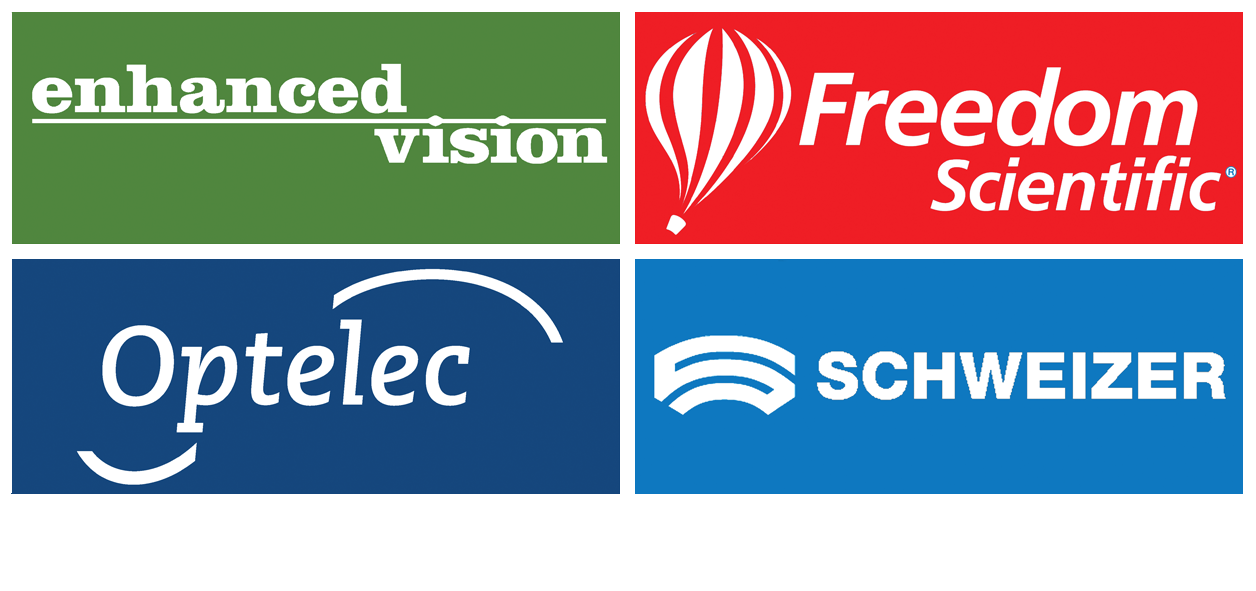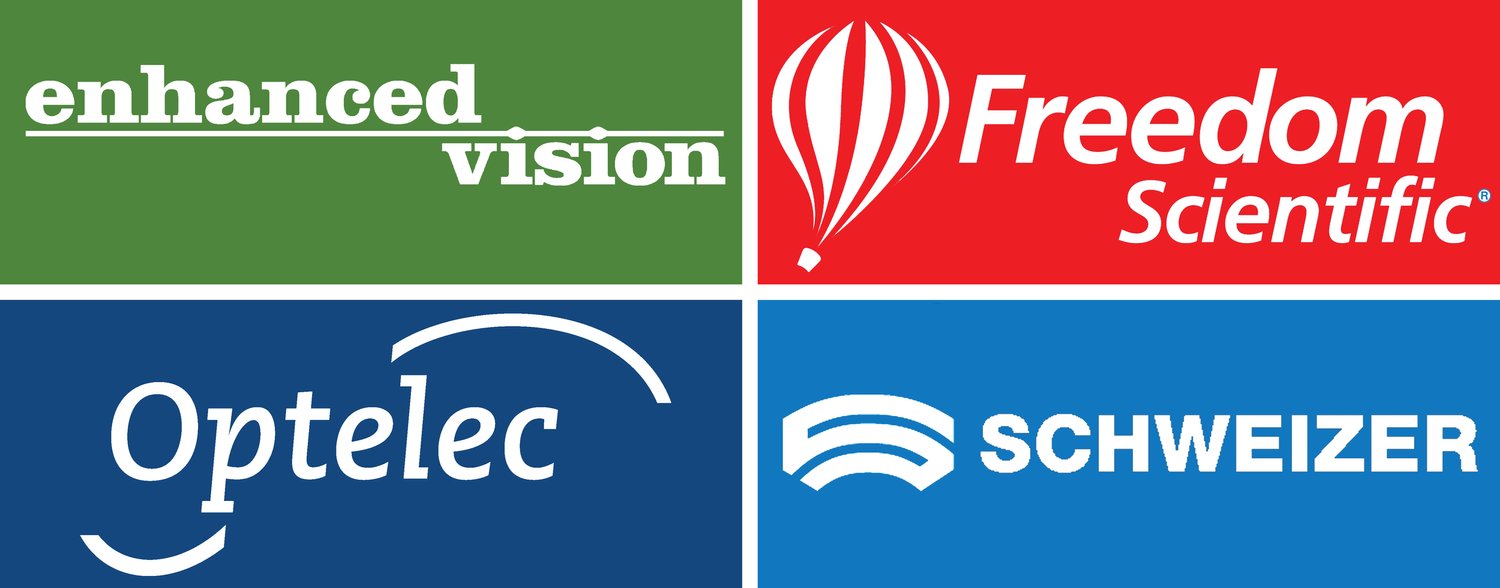The emerging ways VI fans can enjoy the sports they love
The image shows: A tennis arena at night, lit up by floodlights with fans in the stands.
Usually, conversations about visual impairment and inclusion in sport are concerned with giving visually impaired people opportunities to play and excel in sports. For inspiration, we would look to the great achievements of Marla Runyan, the first legally blind athlete to compete at the Olympics or to The National Blind Football League in the UK which currently has 3 teams and is growing, for hope-filled initiatives.
But the other side of sport is spectatorship and “fanaticism”. Sporting events are so unique and compelling not only because of the skill on display, but also because of the highly charged, emotional atmospheres produced by people who care about a team or nation, coming together. In the UK, 43% of the 5.1 million visually impaired people identify as fans of football alone. So, there is real urgency to find ways of involving visually impaired people more intimately in sports spectatorship. This week we take a look at new technologies that try to do exactly this. The diversity of visual impairments requires diverse solutions which appeal to different senses: hearing, sight, and touch.
Improving audio is one obvious way towards inclusivity. During the Cinch Championships which took place in June at the Queen’s Club, London, the Lawn Tennis Association teamed up with the BBC and digital design company AKQA to offer blind and partially sighted people an audio-enhanced experience of the finals. The new technology used tries to overcome the descriptive shortcomings of commentary by emphasising ball speed and trajectory, shot type and proximity to the various lines, painting a real-time picture in which visually impaired people could follow the action more closely.
A second solution involves virtual reality headsets. Virgin Media teamed up with Premier League side Southampton FC to give two of their young fans who suffer from “tunnel vision”, (a condition which also makes watching TV difficult) a headset produced by IrisVision and Samsung, that records, magnifies and replays it back to the user to expand the field of vision, allowing them to watch the game in a way they couldn’t before. This technology also has everyday applications and can assist with issues such as spatial awareness.
Perhaps the most interesting technological developments utilise the sense of touch. The scientific community has become increasingly interested in the relationship between sight and touch in the last 10 years. One study conducted by the University of Chicago found that the brain perceives motion the same way through both vision and touch. Whilst a research team at the University of South Carolina found that visualisation produces “feeling with the minds touch” in which a person can actually feel something they’re imagining. What all this might mean then is that touch is to sight, what smell is to taste. This is particularly interesting for our concern about what it means to “see” and, by extension, “watch” a game.
Science’s interest has spilled over into technological development. In 2019, Santander announced a device called Fieeld, as part of their #FootballCan initiative to show how football can improve someone’s quality of life. Fieeld is the first-ever touch system for watching football. Using a pre-recorded match, the device, which has the outline of a football pitch on a screen, collects data on players' movements and positions, then reproduces the movement of the ball into the users’ hands. Sensations are sent through the screen which means the user can watch the game with their hands!
These technologies are still in their infancy, but we’re loving following their development, as they significantly contribute to the ultimate goal that we at Optelec also work towards – to help visually impaired people enjoy life to the full!


